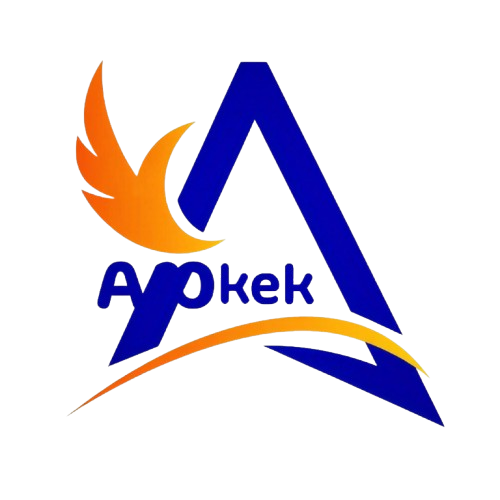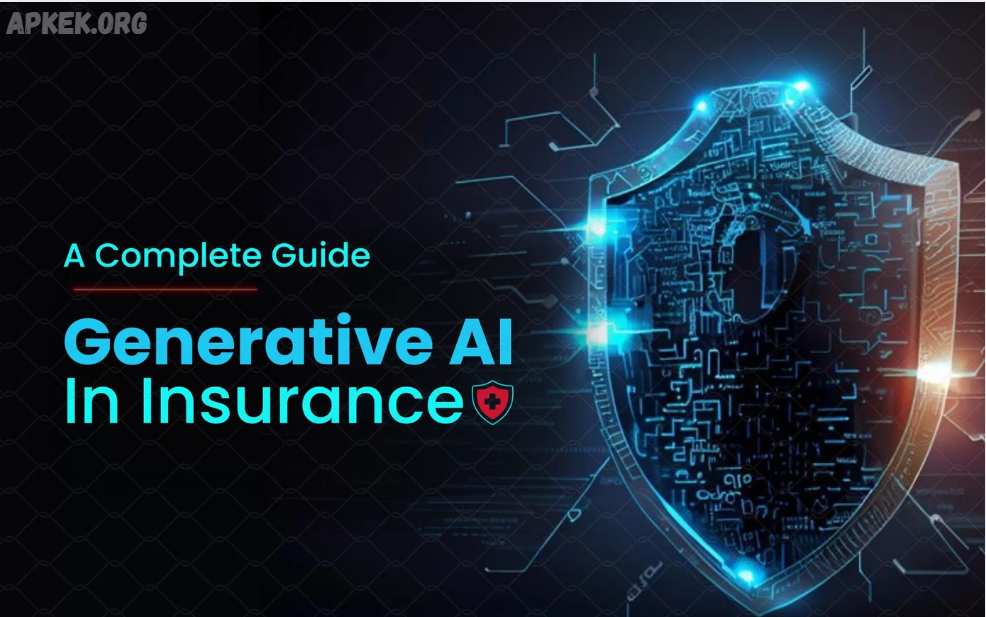The insurance industry is transforming marketing like never before. Traditional methods—such as brochures, cold calls, and static ads—are quickly giving way to dynamic, visually engaging content. At the forefront of this shift are free text-to-video AI generators, powerful tools that convert written content into compelling video narratives in minutes.
For insurance companies, this means creating educational, promotional, or explainer videos without the high costs of production teams or agencies. Whether it’s simplifying complex policy details, demonstrating customer testimonials, or showcasing claim processes, these AI-driven tools bring stories to life in a format today’s consumers prefer: video.
Beyond cost savings, the speed and accessibility of AI video generation empower marketers to respond to market trends in real time and tailor content for specific demographics with ease. It’s a game-changer for agencies seeking to enhance engagement, boost brand visibility, and foster trust in a crowded marketplace.
Understanding Text-to-Video AI Technology
Text-to-video AI technology is a groundbreaking innovation that automatically converts written content into entirely produced videos. By using artificial intelligence, these tools analyze your text, identify key themes, and then generate visuals, voiceovers, animations, and even music to match the message. What once took days or weeks to storyboard, film, and edit can now be done in minutes.
At the heart of this technology are machine learning models trained to understand language, visuals, and the structure of storytelling. Some platforms allow users to select styles, tones, and templates, while others even include avatars or realistic voice narration. The result is a polished, professional video that can be used for marketing, training, explainer content, or social media.
For industries like insurance, where clarity, trust, and customer understanding are critical, this technology offers a powerful way to simplify complex information. Policies, procedures, and services can be visually broken down and delivered in an engaging, easy-to-digest format.
Benefits of Using Text-to-Video AI in Insurance Marketing
Simplifies Complex Information
Insurance policies’ coverage details can be complex and challenging to understand. Text-to-video AI transforms dense text into clear, visual explanations, making it easier for customers to grasp key concepts, compare plans, and make informed decisions.
Boosts Engagement
More engaging than static brochures or long emails. By utilizing AI to create concise, impactful videos, insurance companies can capture attention quickly, especially on social media platforms, where video consistently performs best.
Saves Time and Money
Traditional video production is costly and time-consuming. With AI, marketers can generate professional-quality videos in minutes without hiring scriptwriters, editors, or videographers—dramatically reducing budget and turnaround time.
Personalizes Customer Experience
Many AI platforms enable content customization tailored to specific customer segments. This means insurers can deliver personalized videos tailored to different life stages, needs, or policy types, creating more relevant and meaningful connections.
Scales Effortlessly
Whether promoting new products, explaining claims processes, or launching campaigns, text-to-video tools allow insurance brands to scale their content quickly, ensuring consistency across markets and messaging.
Builds Trust Through Clarity
Clear, visual storytelling helps demystify insurance, leading to increased trust and transparency—two essential ingredients for building long-term customer relationships.
Case Studies: Successful Implementation in the Insurance Sector
AllSecure Insurance – Boosting Customer Onboarding
- AllSecure, a mid-sized health insurance provider, integrated text-to-video AI to streamline its onboarding process. Instead of sending lengthy policy documents, new customers received personalized welcome videos that explained their coverage, benefits, and the claims filing process. The result? A 40% increase in customer satisfaction scores and a significant drop in support call volume within three months.
SafeGuard Auto – Driving Engagement Through Social Media
- Facing low engagement rates, SafeGuard Auto utilized AI-generated videos to create concise, educational clips on topics such as accident coverage, roadside assistance, and premium tips. These videos, tailored for platforms like Instagram and Facebook, resulted in a 3x increase in social media engagement and a 25% rise in quote requests.
FamilyFirst Life – Enhancing Agent Training
- FamilyFirst Life, a life insurance agency, used text-to-video AI to modernize its internal training. By converting manuals and FAQs into short training videos, they improved knowledge retention among new agents. As a result, agent onboarding time decreased by 30%, and policy sales grew by 18% over the next quarter.
These examples demonstrate how AI video tools are not just futuristic—they’re already delivering tangible results in insurance marketing and operations.
Read Also: Luxury Gangnam Business Trip Massage: De-Stress After Meetings
Comparing Traditional Marketing vs. AI-Driven Marketing
The insurance industry has long relied on traditional marketing methods—think print ads, TV commercials, cold calls, and in-person consultations. While these strategies have their place, they often come with high costs, slower turnaround times, and limited reach. In contrast, AI-driven marketing—especially tools like text-to-video generators—is reshaping how insurers connect with customers in today’s digital-first world.
Cost and Efficiency
- Traditional: Producing high-quality video or print content can be expensive and time-consuming.
- AI-Driven: AI tools automate video creation, drastically cutting costs and delivering content within minutes.
Personalization
- Traditional: Hard to personalize at scale. Messages are usually broad and one-size-fits-all.
- AI-Driven: Easily tailors content to individual customer needs, policy types, or demographics using data-driven insights.
Speed to Market
- Traditional: Long production and approval cycles delay campaigns.
- AI-Driven: Marketers can quickly create and launch new content, staying agile and responsive.
Engagement
- Traditional: Often passive and less interactive, especially in digital spaces.
- AI-Driven: Delivers engaging, visual content that performs better across digital platforms.
Scalability
- Traditional: Expanding a campaign across regions or audiences requires significant effort.
- AI-Driven: Content can be scaled instantly and adapted for multiple platforms with minimal effort.
While traditional marketing has its legacy, AI-driven marketing offers unmatched speed, adaptability, and customer connection, making it a wise investment for modern insurance brands.
Challenges and Considerations When Using AI in Marketing
While AI tools, such as text-to-video generators, offer powerful benefits, they also present their own set of challenges, especially in a regulated industry like insurance. Understanding these limitations helps businesses adopt AI wisely and effectively.
Content Accuracy and Compliance
- AI-generated content must be carefully reviewed to ensure it aligns with insurance regulations and policy terms. Misinformation, even if unintentional, can lead to legal and reputational risks. Human oversight is crucial for maintaining accuracy and compliance.
Loss of Human Touch
- While AI creates content quickly, it may lack the emotional depth or empathy that human-created messaging provides. In a relationship-driven industry like insurance, striking a balance between automation and authenticity is crucial.
Data Privacy and Security
- AI tools often rely on customer data for personalization. Companies must ensure they’re using secure, compliant platforms and following data protection laws to avoid breaches or misuse.
Brand Consistency
- Automated tools can create a wide range of content, but without clear brand guidelines, there’s a risk of inconsistent tone, visuals, or messaging. Regular audits and templated frameworks can help maintain a unified brand voice.
Technology Learning Curve
- Implementing AI solutions may require training and adaptation. Teams need time to understand how to use the tools effectively and integrate them into existing marketing workflows.
AI in marketing brings exciting opportunities—but it must be handled with strategic care, apparent oversight, and a human touch.
Frequently Asked Questions
Are AI-generated videos compliant with insurance regulations?
They can be, but human review is essential. Always ensure that final content meets legal and regulatory standards before publishing.
Will AI replace human marketers?
No. AI is a tool that enhances creativity and efficiency. Human marketers are still needed for strategy, storytelling, and relationship-building.
How long does it take to create a video with AI?
Depending on complexity, most videos can be created in minutes, especially compared to traditional production timelines.
Can AI video tools integrate with our existing marketing platforms?
Many tools support easy export and sharing to websites, email campaigns, and social media channels. Some even offer direct integrations.
Is video content really more effective than traditional methods?
Yes. Studies consistently show that video increases engagement, improves message retention, and drives higher conversion rates, especially in digital marketing.
Conclusion
The insurance industry is entering a new era of marketing—one powered by innovation, speed, and personalization. Text-to-video AI technology is at the heart of this transformation, helping insurers break down complex topics, connect with customers in more engaging ways, and deliver content faster than ever before.
By reducing production costs, increasing scalability, and making high-quality video accessible to all, AI is no longer a futuristic concept—it’s a practical tool being used today by forward-thinking insurance companies. However, successful adoption requires a balance between automation and oversight, ensuring accuracy, compliance, and a human-centered message.

